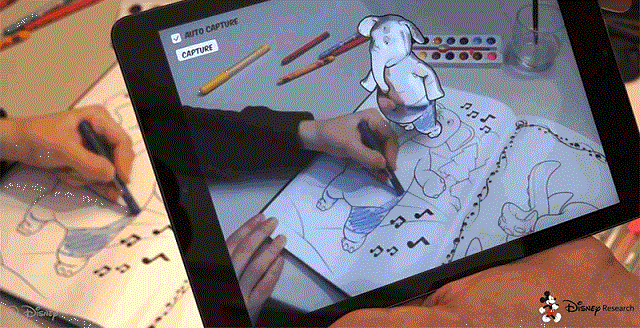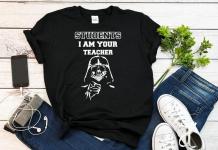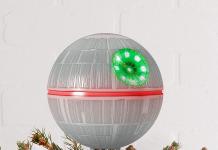The void between bi-dimensional drawing books and theme parks needed to be filled somehow, and Disney Research figured out that augmented reality might fit well in the mix.
Disney Research is by no means the first to bring coloring books and mobile apps together, as that merit belongs to Crayola and its Color Alive line. However, Disney’s recent invention is a tad more ambitious, as it makes use of AR to make it look like the characters colored by the kids are displayed in three dimensions.

Authored by Stéphane Magnenat, Fabio Zund, Mattia Ryffel, Gioacchino Noris, Gerhard Röthlin, Alessia Marra, Maurizio Nitti, Markus Gross and Bob Sumner of Disney Research Zurich, along with Dat Tien Ngo and Pascal Fua of Computer Vision Lab, EPFL, Switzerland, the research paper titled Live Texturing of Augmented Reality Characters from Colored Drawings (available here as a PDF file) pushes new boundaries in the way children express their creativity. Presented on the first day of ISMAR (International Symposium on Mixed and Augmented Reality) 2015, which took place between September 29 and October 3 in Fukuoka, Japan, the paper explains how digital devices are making their way even in the lives of very young children, and in this context, real-world tasks such as drawing might might seem less interesting. The solution is to bring augmented reality into the mix, so that digital devices and activities can be bridged together in a unique manner.
Developed simply as a concept, the AR coloring book presented in this paper means to show the potential of this technology. If there’s plenty of positive feedback around Disney Research’s experiment, I’m sure that plenty other augmented reality drawing books will follow. As a matter of fact, why stop the whole thing at books for kids? Geometry and even architecture would look fabulous in AR. Imagine how that could put things in a new perspective.
Back to the matter at hand, though, each character from the AR coloring book appears blank, but in 3D on the smartphone or tablet’s display, assuming that the mobile device is running the AR app developed by Disney Research. As soon as the kids get on with coloring the character, the colors are reproduced in high fidelity on the 3D figure, as well.
Probably the best part about this whole thing is that the novel texturing process developed by Disney Research applies the texture from the AR book to both the visible and occluded sides of the character. In other words, if kids are coloring the book and the mobile device running the AR app is moved around the book, they will be able to see both the front (which has been colored by them) and the back of the character. In other words, the app is deducing how the character should look like on the invisible sides.
The work of the Disney Research Zurich team has been validated with two user studies, so there’s no doubt that kids are more attracted to AR drawing books than the bland conventional ones.
Be social! Follow Walyou on Facebook and Twitter, and read more related stories about Disney Research’s accurate method of 3D-printing human hair, or Disney’s layered fabric 3D printer.
Via: Toyland










